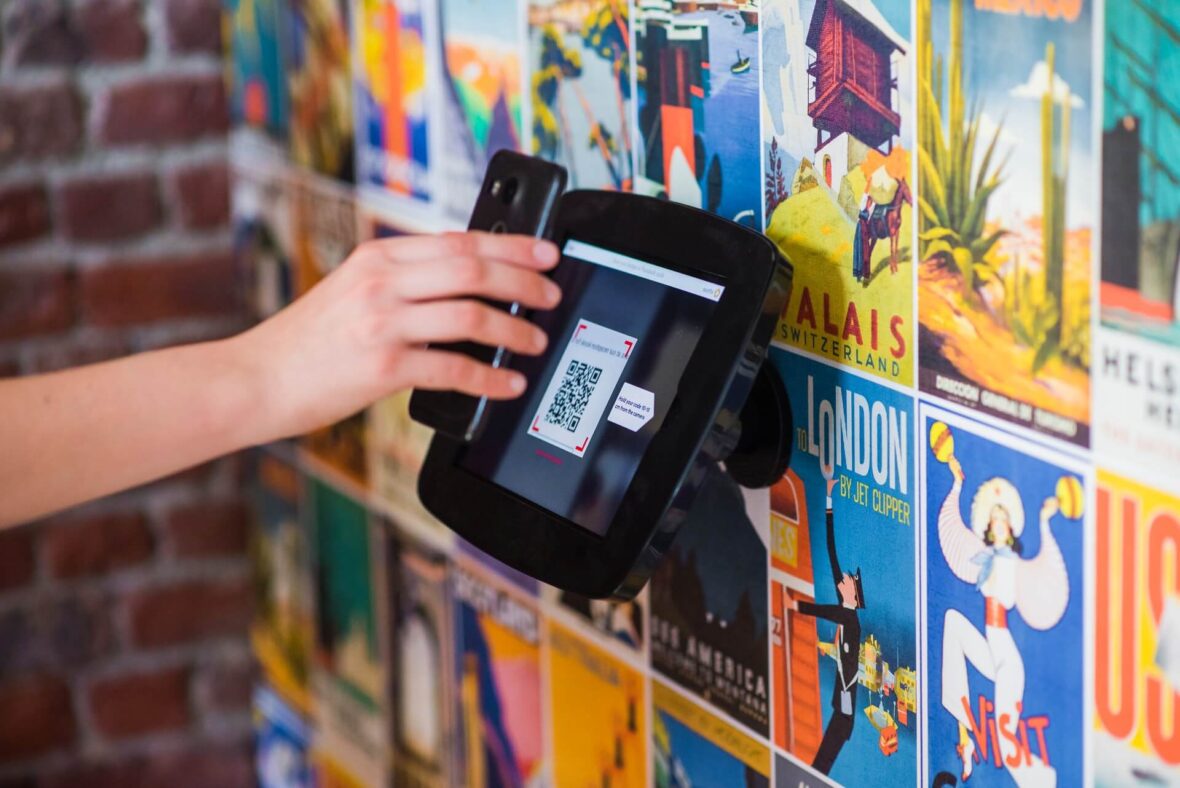For retailers and fintech companies, mobile internet usage has overtaken desktops for the first time. This development means that mobile-first strategies will prevail in e-commerce and mobile banking, and brands, banks, and marketplaces need to ensure their payment systems are up to date and able to cope with the changing environment. It doesn’t take long for a customer to drop out of a purchase if a payment procedure is overcomplicated and time-consuming. However, thanks to advancements in technology the following three innovations can help to improve any e-services:
1. Unique ID
Instead of introducing multiple payment authorization features, both merchants and banks are shifting towards the creation of one unique ID, which will allow for faster and more secure transactions, as well as help customers to be easily identified across multiple channels.
Partnered with KeyLemon, Silicon Valley’s human interface company Synaptics came up with an authentication option, where a user can choose between facial recognition, fingerprint authorization, or both at the same time. Founders believe this will improve security and convenience when it comes to mobile payments and banking. It may also see marketplaces and banks beginning to opt-out of PIN, token, and password security features.
Apple and Android are on their way to introducing fingerprint payment authentication globally with their Pay apps, whilst banks including Wells Fargo are also catching up. MasterCard is also amongst the pioneers and has been verifying payments through both fingerprints and facial recognition since the end of 2016.
2. Pay as you go
Amazon introduced its new project Amazon Go – a physical convenience store, where people can shop for groceries by scanning items with their smartphones. Among the innovative features is an absence of the checkout process as the money is deducted from customers’ Amazon accounts once they leave the shop. The model provides a faster and more convenient payment option which may influence strategies at other retailers this year, especially those companies that still heavily rely on bricks and mortar sales.
However, given the importance of human interaction in many retail experiences the impact will not be as profound across all retailers.
3. Bluetooth: A New Chapter
Bluetooth has been reborn. The wireless connection is expected to be utilized in a wide range of mobile features and services this year. The combination of Bluetooth’s low energy consumption and high transmission speed is particularly going to affect P2P payments.
For example, Bridg, a startup in UAE, created an app that allows smartphone-to-smartphone money transfers through Bluetooth, but the app requires only one of the devices to be online. The feature is believed to be especially helpful in emerging markets with poor connectivity. ‘A big selling point for us is that our platform works offline, just like cash, which makes us more reliable than any other digital alternative,’ says Moussa Beidas, Co-founder of Bridg.
Also Read: Top Best Kisscartoon Alternatives | WordPress Security Enhancement Guide | Managing Millennial Employees





